We’d like to remind Forumites to please avoid political debate on the Forum.
This is to keep it a safe and useful space for MoneySaving discussions. Threads that are – or become – political in nature may be removed in line with the Forum’s rules. Thank you for your understanding.
📨 Have you signed up to the Forum's new Email Digest yet? Get a selection of trending threads sent straight to your inbox daily, weekly or monthly!
New build house - air bricks placed incorrectly?
Comments
-
All the ones I've worked on where more than 600mm fill would be required used the block and beam system. It is seen as a more cost effective method.0
-
It's my day job as wellweeg said:
No offence, but there very much is a thing a standard construction across the central belt, down in to the borders and up in to Perthshire. We put gas protection measures under slabs on solid - the solid in question being single sized stone to allow airflow, with membranes under the slab.RelievedSheff said:
Insitu concrete slabs can not be used in all situations. There is no such thing as a "standard" floor construction as each site differs so wildly.weeg said:I don't see you saying anywhere that the floor is beam and block? If it is then that's very unusual for a mass housebuilder in Scotland. It's certainly not the Barratt standard design (I say this with the absolute certainty of a person who has access to their standard house type drawings). Their standard is insitu slabs designed as suspended. As are pretty much all their competitors.
I'd also not worry overmuch about runoff from grass. The site, including the slopes and substructure drainage will have been designed to ensure this doesn't happen except in exceptional circumstances. (which is a 1 per 100 year storm, with an allowance for increased rain from climate change). Most of Scotland has a glacial till soil, which drains much faster that the soils you get down south.
Examples of where suspended slabs have to be used are for gas protection measures or where trees are within influencing distance of the plot in which case a ventilated void is required to allow room for the ground beneath to heave.
New build sites with listed trees are uncommon (although they do exist). But the geology in this part of the country has high rock heads, with glacial till, for the most part. Soil heave is an issue in places with deep clay layers - the London region is bad for it. It isn't something I've ever had an issue with in Scotland.
This is literally my dayjob.
OP - sorry for the threadjack.
0 -
A cast insitu slab spanning over the inner leaf of blockwork is called a reinforced suspended slab. It spans between the block walls.stuart45 said:I think the terminology must be different in England to Scotland as well as the Regs.
A concrete ground floor slab built insitu with no void here is called a ground bearing slab. A suspended concrete ground floor would be block and beam. Can't remember on any houses in England where the ground floor insitu slab sat on the inner skin. I've seen it on upper floors on flats and commercials where a reinforced concrete slab was used.
The name may be confusing to some as there is no void beneath the floor.1 -
Developers have their own preferences as do different ground workers.stuart45 said:All the ones I've worked on where more than 600mm fill would be required used the block and beam system. It is seen as a more cost effective method.
The development we live on has Barratt Homes and David Wilson Homes building side by side. Both are owned by Barratts but Barratts are using cast insitu slabs and David Wilson are using Beam and Block.1 -
I have no idea about building but all I know is that it is definitely timber framed with concrete blocks. The ground floor is concrete and upstairs flooring is timber. Here are some photos of construction if it helps any.
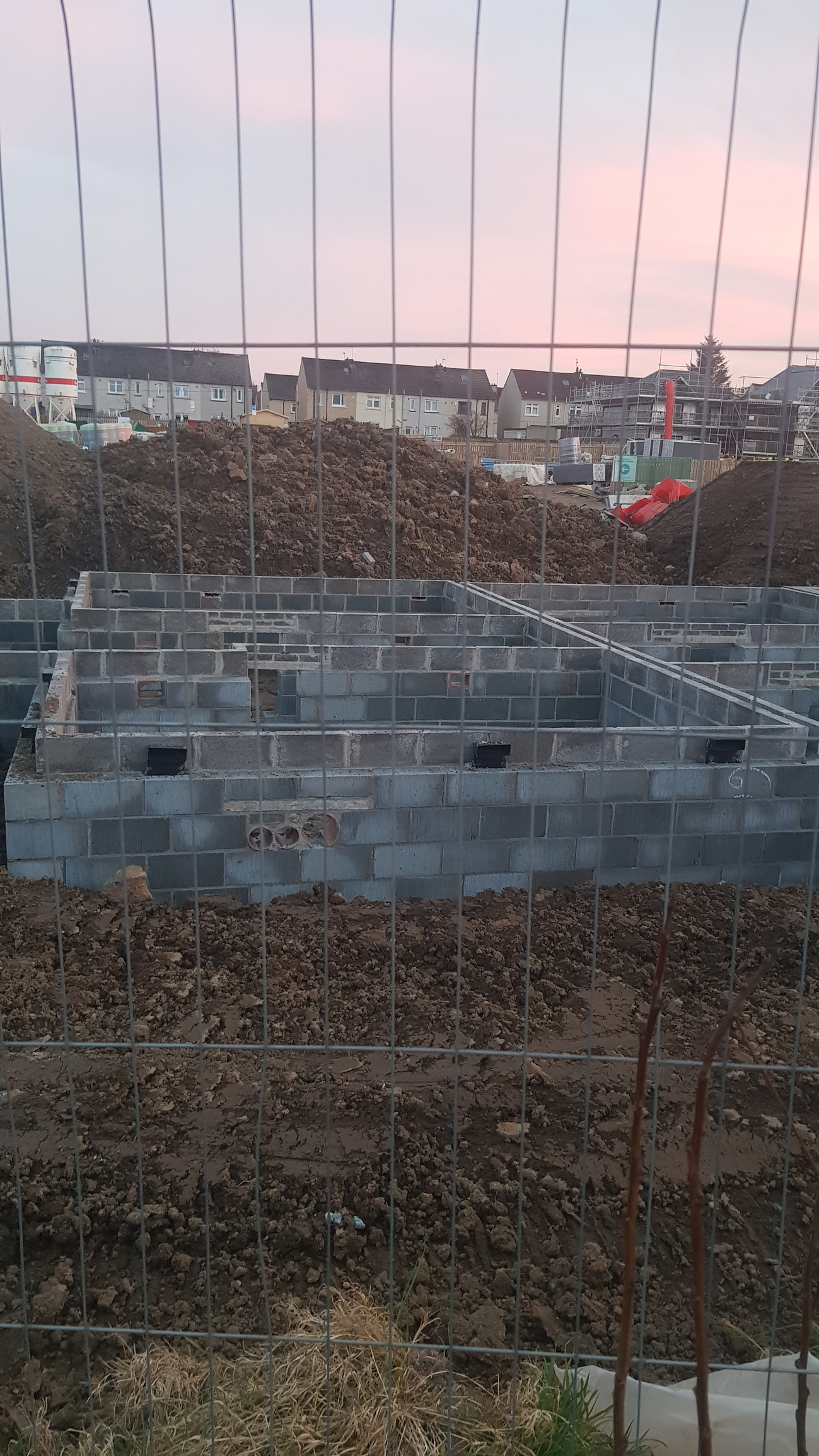
(The above photo is someone a few doors up from mine at a stage I never saw on mine)
These are all mine: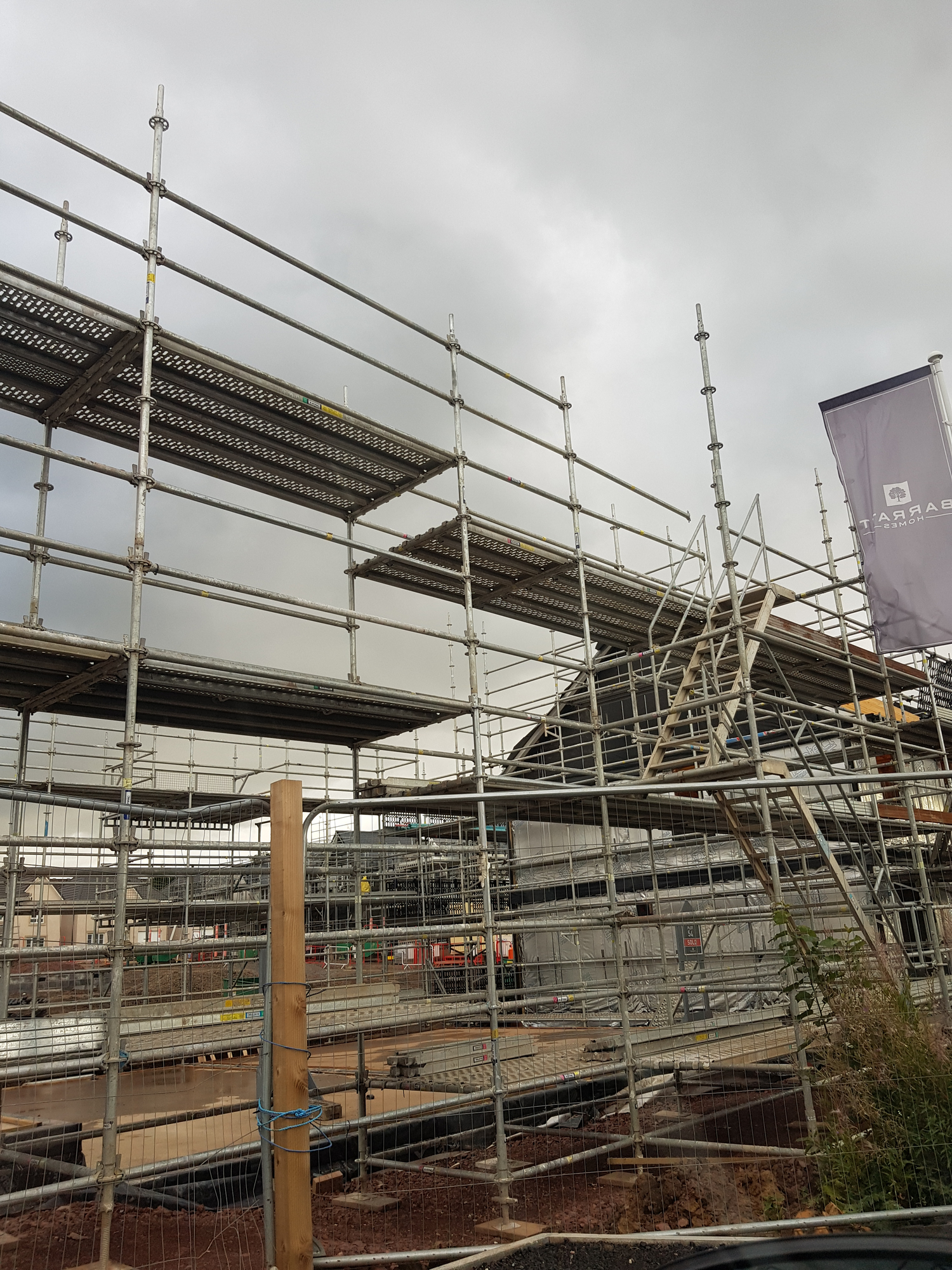
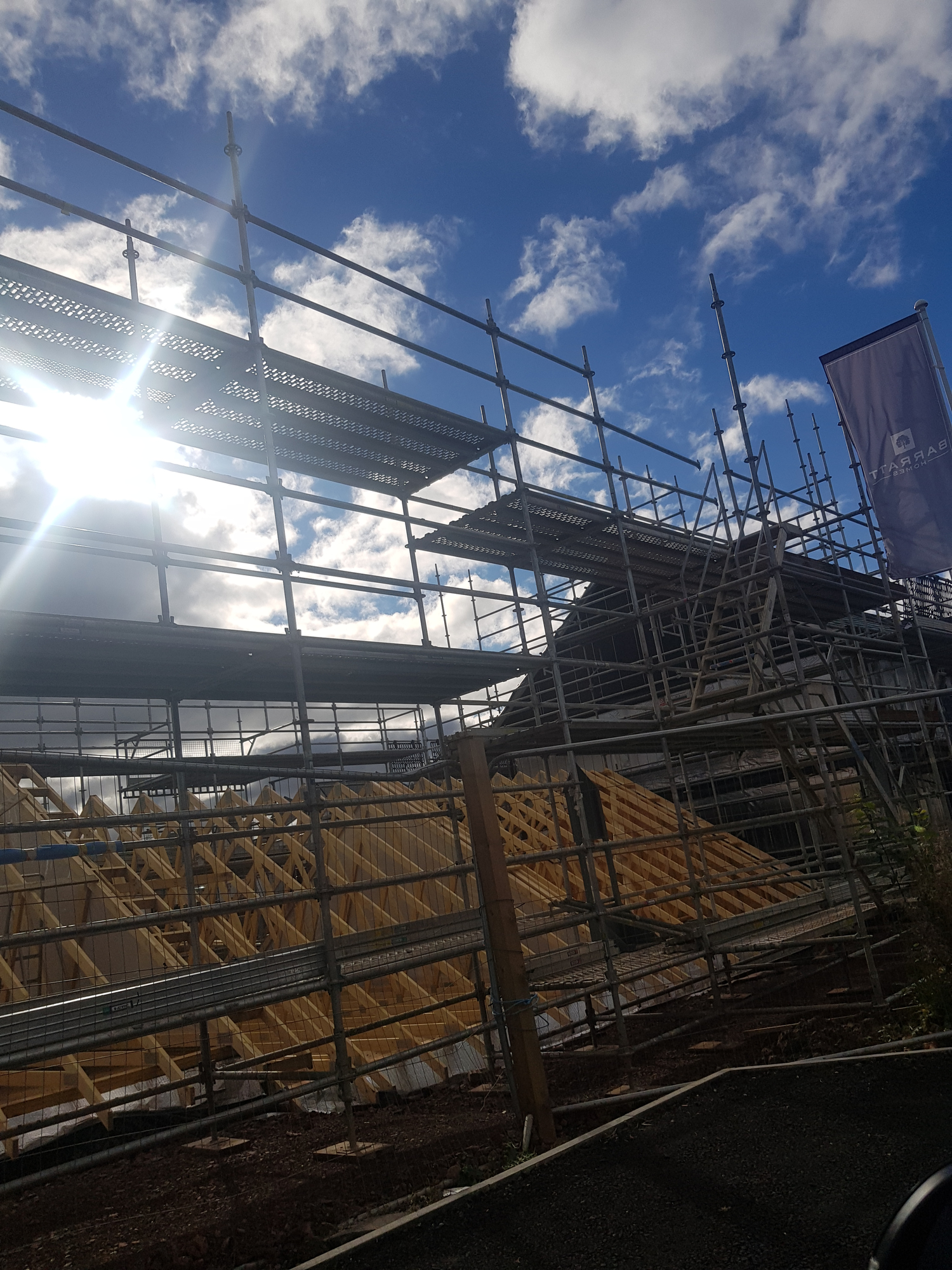
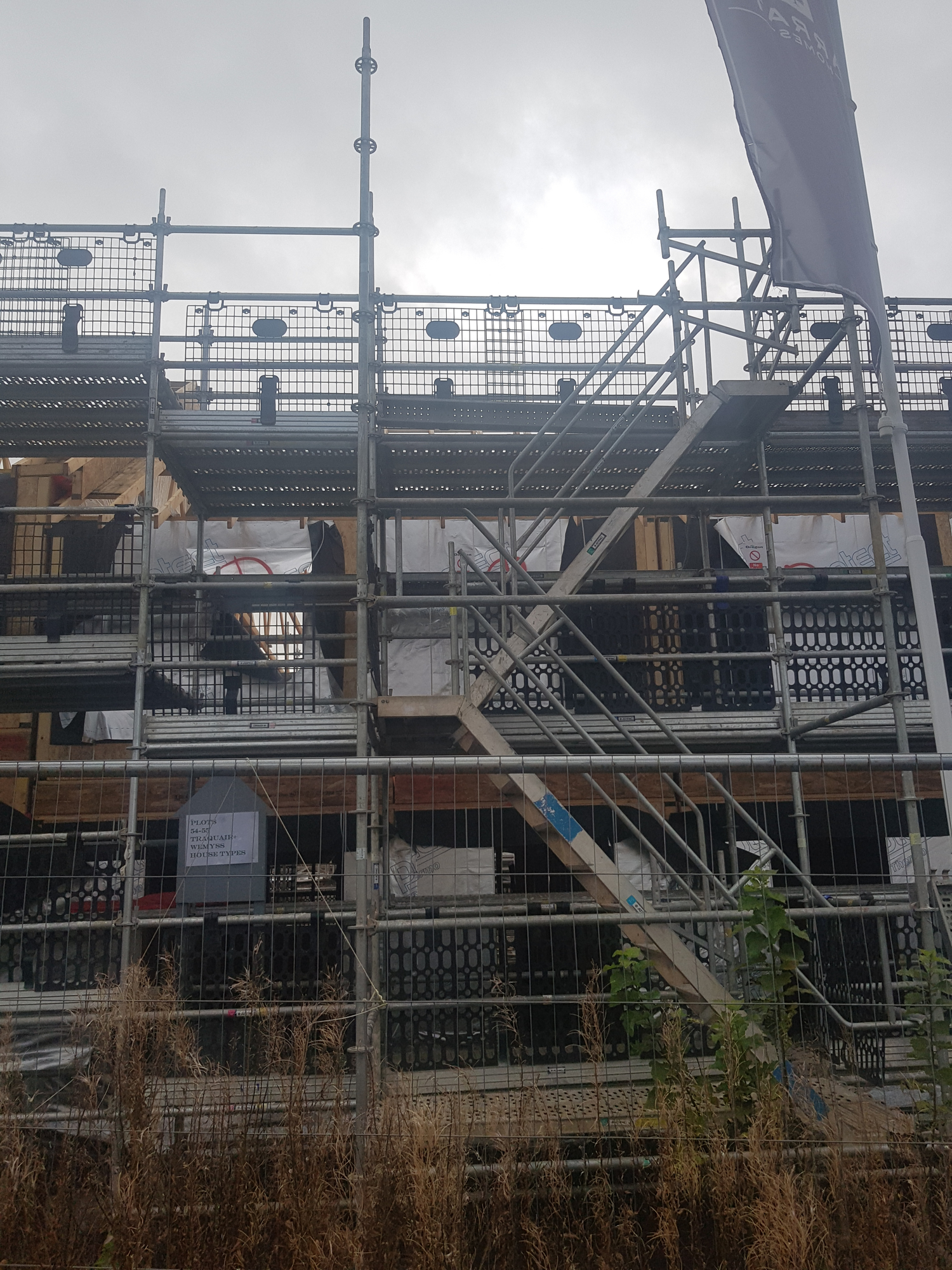
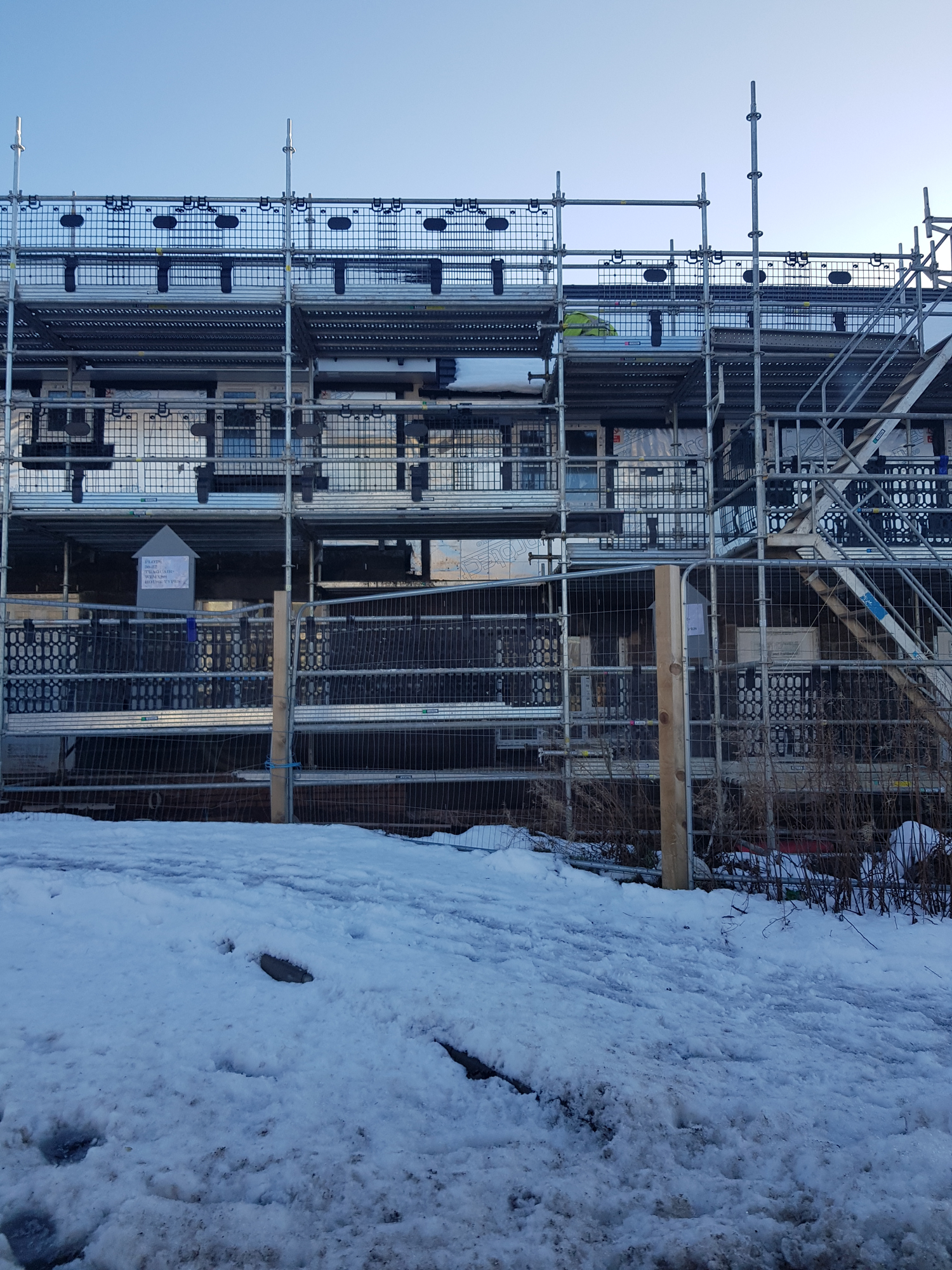
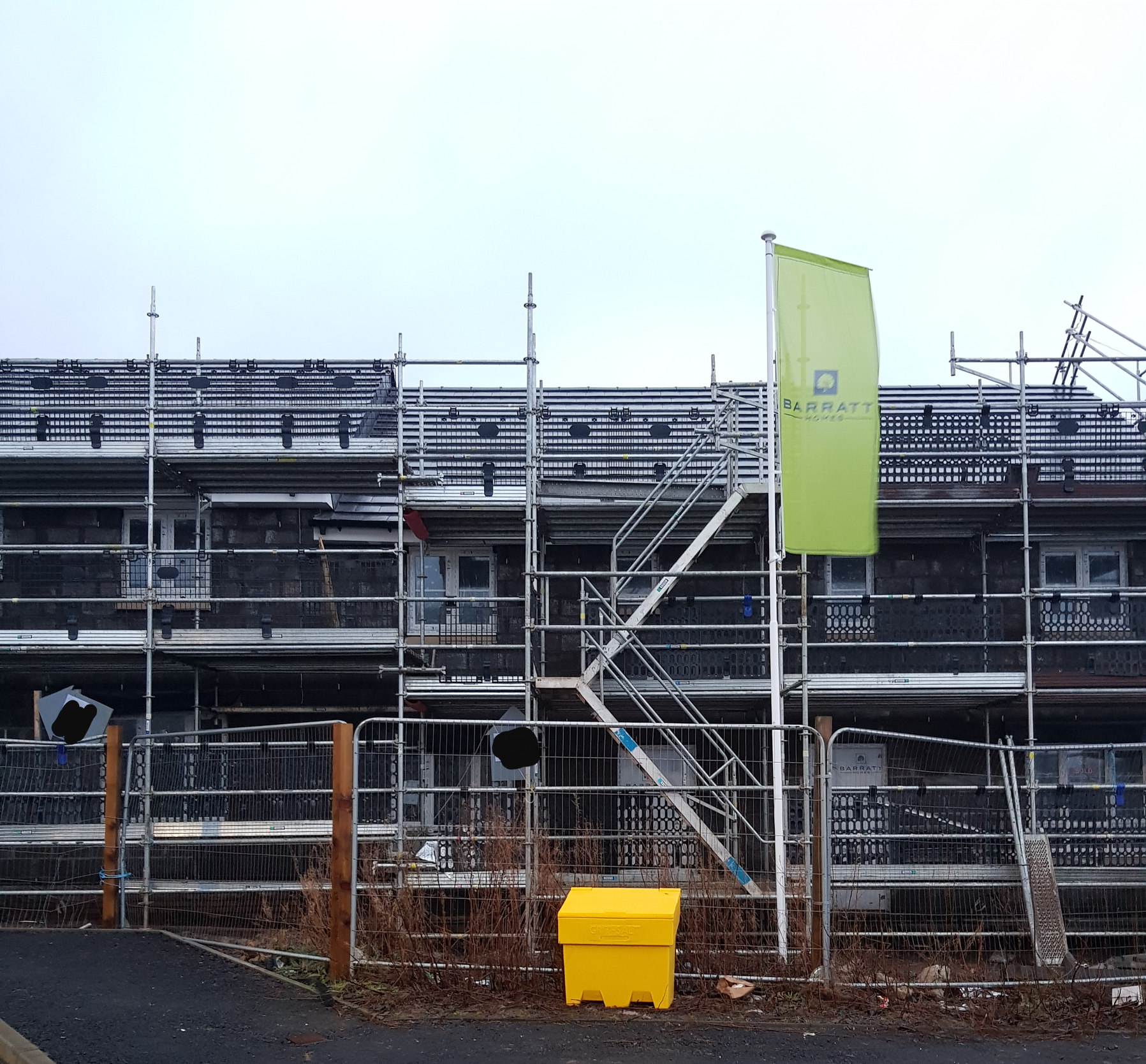
0 -
That looks to me like it's going to be a block and beam floor.1
Confirm your email address to Create Threads and Reply

Categories
- All Categories
- 352.9K Banking & Borrowing
- 253.9K Reduce Debt & Boost Income
- 454.7K Spending & Discounts
- 246K Work, Benefits & Business
- 602.1K Mortgages, Homes & Bills
- 177.8K Life & Family
- 259.9K Travel & Transport
- 1.5M Hobbies & Leisure
- 16K Discuss & Feedback
- 37.7K Read-Only Boards



